Cancer And Arthritis Drugs Drive Up Spending On Medicines
Spending on prescription drugs in the U.S. rose 5.2 percent in 2015, driven mostly by increased costs of expensive specialty medications to treat conditions such as rheumatoid arthritis, according to data from the largest manager of employers’ drug benefits.
Spending on specialty medications rose 18 percent, while spending on standard prescription drugs rose less than one percent, according to a new report by Express Scripts. The report is based on the prescription drug spending for the company’s 80 million covered patients.
The measure — called “drug trend” in pharmaceutical industry parlance — includes increases in the use of medications and price hikes.
Still, in the health care industry, an increase that’s more than quadruple the rate of inflation — 0.7 percent in 2015 — still counts as a bit of good news. Why? In 2014, drug spending increased more than 14 percent.
“In a year when all the headlines were about the escalating price of drugs, overall costs rose only 5.2 percent,” says Glen Stettin, Express Scripts’ chief innovation officer.
The overall boost in drug spending was moderated by patients switching to generic drugs from brand names, whose prices rose 16.2 percent.
Stettin attributed that shift to pharmacy benefit managers and insurers exerting more control over the drugs their customers can get. Express Scripts and other companies have been more willing to refuse coverage of expensive medications than in the past.
The company pointed to its initial refusal to pay for Gilead Sciences’ hepatitis C drugs, which were listed at more than $90,000 for a course of treatment. Instead, Express Scripts opted to cover an alternative treatment, Viekira Pak made by AbbVie, for which it negotiated a 50 percent discount. Express Scripts has said it saved as much as $1 billion with the deal.
Brand name drug prices are more than 2 1/2 times as high as they were in 2008, while generic prices have declined by about two-thirds.
Continue Reading on npr.org
